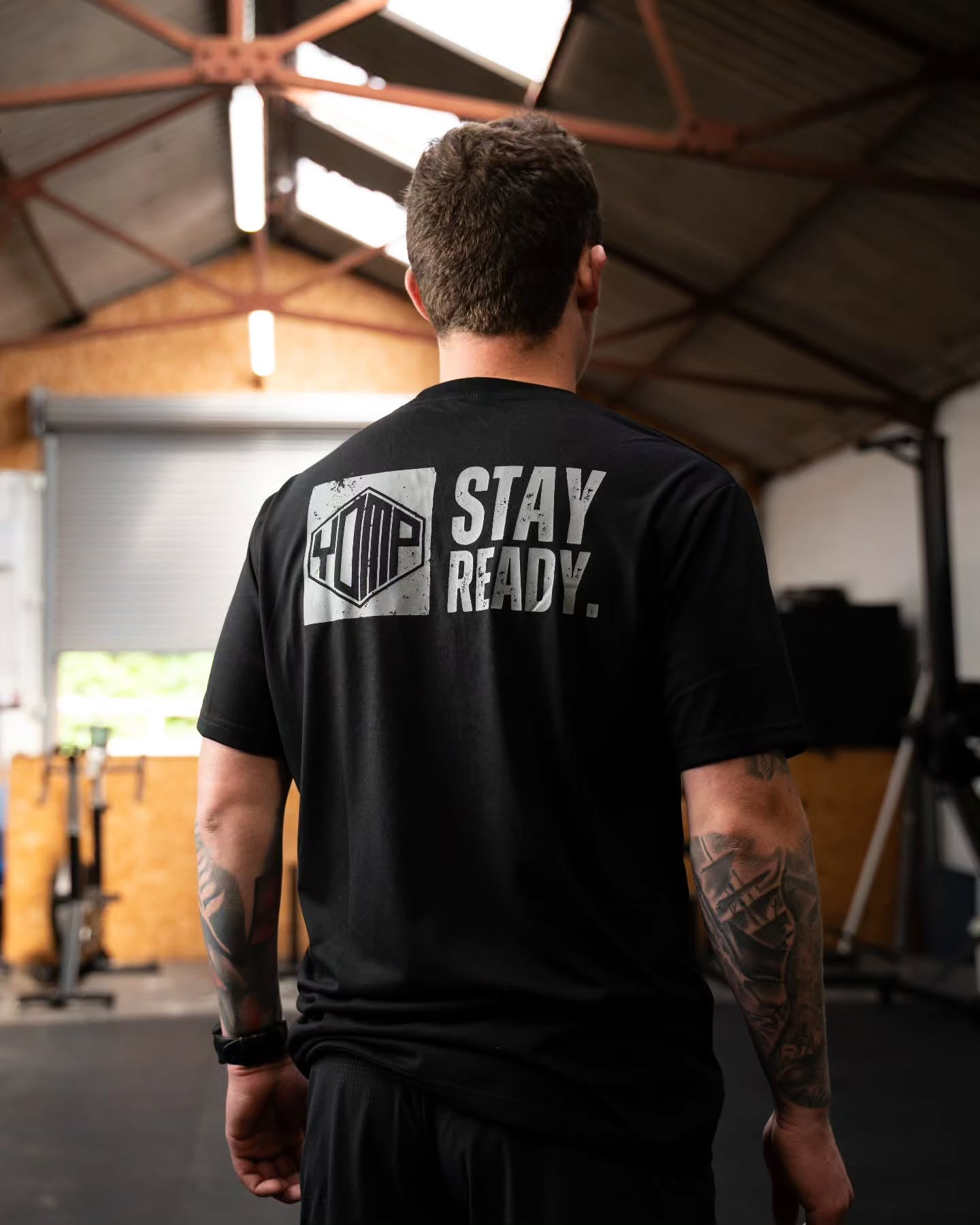Why Rucking Form and Posture Matter

Shoulders aching? Lower back nagging? Constantly readjusting your straps mid-walk? These are all signs your rucking form and posture might need attention. Rucking is a powerful tool for building endurance and strength—but only if your form supports the effort.
Before you blame your boots or rethink your training plan, let’s focus on what really matters: rucking form, posture, centre of gravity, and overall comfort. Get these right, and you’ll turn your ruck into a reliable training partner rather than a source of strain.
Why Rucking Form and Posture Matter
Good rucking form and posture are critical to reducing strain on the body, improving performance, and preventing injury. Poor posture during rucking can lead to common issues like shoulder tension, lower back pain, and early fatigue.
A study from Loughborough University explored how increasing backpack weight affects posture during military-style marching. Researchers found that as the load increased, participants leaned further forward at the trunk and shifted their head position forward—postural changes that can lead to increased muscular strain and a greater risk of injury (Attwells et al., 2006).
To Improve Your Rucking Posture:
- Head and Neck: Keep your head upright, eyes forward. Avoid craning your neck.
- Shoulders and Chest: Relax your shoulders and roll them slightly back. Open your chest to help breathing and balance.
- Spine and Core: Maintain a neutral spine with a gentle lean from the hips. Engage your core to stabilize your lower back.
Quick Fix Tip for Better Rucking Posture
If you notice yourself leaning too far forward, try the following:
- Reduce the overall pack weight until you can maintain an upright position.
- Adjust shoulder straps so the pack sits higher and tighter against your back.
- Repack with heavier items close to your spine to limit pull and imbalance.
Common Rucking Pains and How to Fix Them
| Discomfort Area | Likely Cause | Recommended Fix |
|---|---|---|
| Shoulders (aching/burning) | Straps too tight or load pulling away from the body | Loosen straps slightly; adjust weight higher and closer to your back |
| Lower Back Pain | Overarching spine, load too low/heavy, weak core | Repack with weight higher; engage core; reduce load if necessary |
| Neck Strain | Head jutting forward due to poor posture | Keep head aligned with spine; look ahead, not down |
| Upper Back/Tension | Hunched shoulders or leaning too far forward | Pull shoulders back and down; adjust chest strap; check load placement |
| Knee Discomfort | Overstriding, poor footwear, heavy load | Take shorter steps; use cushioned insoles; reduce weight temporarily |
| Foot Pain or Hotspots | Poorly fitted boots or socks, high-impact stride | Wear moisture-wicking socks; break in boots; aim for midfoot strike |
Optimise Centre of Gravity for Proper Rucking Form
Your centre of gravity plays a crucial role in how balanced and comfortable your ruck feels. Misalignment here can throw off your posture and make movement inefficient.
- Positioning: Pack heavier items high and close to your back. This aligns your load with your body’s natural centre of gravity and supports good rucking form.
- Stability: Use packing cubes, towels, or compression straps to keep the load from shifting inside the ruck. Stability promotes consistent posture throughout your ruck.
Comfort Tips to Support Better Rucking Form
- Rucksack Fit: Ensure your ruck has padded shoulder straps, a chest strap, and a waist belt. Adjust it to sit snugly against your back with minimal movement.
- Footwear: Supportive, well-fitted footwear helps reduce lower limb fatigue and encourages a natural stride, both of which support better posture.
- Progress Gradually: Don’t overload from the start. Build weight and distance steadily to give your body time to adapt to proper rucking form.
Conclusion
Improving your rucking form and posture isn’t just about looking good—it’s about moving efficiently, training effectively, and avoiding unnecessary strain. With small adjustments to how you carry your weight and how you hold yourself on the move, you’ll enjoy a smoother, safer, and more productive ruck. Stand tall, walk strong, and let good form carry you forward.



